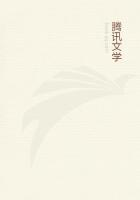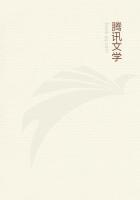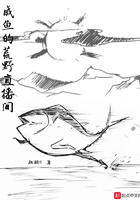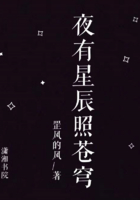Now, in any temporal idea, as already remarked (§ 11, p. 155), those components which belong to the present moment are in the fixation-point of consciousness. Those of the preceding impressions which were present shortly before, are still in the field of consciousness, while those which were present longer before, have appeared from consciousness entirely.
A spacial idea, on the, other hand, when it has only a limited extent, may be apperceived at once in its totality. If it is more composite,then its parts too must pass successively through the inner fixation-point if they are to be clearly apprehended. It follows, therefore, that composite spacial ideas (especially momentary visual impressions) are peculiarly well suited to furnish a measure of the amount of content that can be apperceived in a single act, or of the scope of attention; while, composite temporal ideas (for example, rhythmical auditory impressions, [p.
211] hammer-strokes) may be used for measuring the amount of all the contents that can enter into consciousness at a given moment, or the scope of consciousness. Experiments made in this way give, under different conditions, a scope of from 6 to 12 ****** impressions for attention and of 16 to 40 such impressions for consciousness. The smaller figures are for those impressions which do not unite at all to ideational combinations, or at most very incompletely, the larger for those in which the elements combine as far as possible to composite ideas.
6 a. The most accurate way of determining the scope of attention is to use spacial impressions of sight, for in such cases it is very easy, by means of an electric spark, or the fall of a screen made with an opening in the centre, to expose the objects for an distant and in such a way that they all lie in the region of clearest vision. This gives us physiological conditions that do not prevent the apperception of a greater number of impressions than it is possible to apperceive because of the limited scope of attention. In these experiments there must be a point for fixation in the middle of the surface on which the impressions lie, before the momentary illumination. Immediately after the experiment, if it is properly arranged, the observer knows that the number of objects which were clearly seen in a physiological sense, is greater than the number included within the scope of attention. When, for example, a momentary impression is made up of letters, it is possible, by calling up a memory-image of the impression, to read afterwards some of the letters that were only indistinctly apprehended at the moment of illumination. This memory-image, however, is clearly distinguished in time from the impression itself, so that the determination of the scope of attention is not disturbed by it. Careful introspection easily succeeds in fixating the state of consciousness at the moment the impression arrives, and in distinguishing this from the subsequent acts of memory, which are always separated from it by a noticeable interval. Experiments made in this way show that the scope of attention is by no means a constant magnitude, but that, even [p. 212] when the concentration of the attention is approximately at its maximum, its scope depends in part on the simplicity or complexity of the impressions, in part on their familiarity. The ******st spacial impressions are arbitrarily distributed points. Of these a maximum of six can be apperceived at one time. When the impressions are somewhat more complex but of a familiar character, such as ****** lines, figures, and letters, three or four of them are generally apperceived simultaneously, or, under favorable conditions, even five. The figures just given hold for vision; for touch the same limits seem to hold only in the case of points. Six such ****** impressions can, under favorable conditions, be apperceived in the same instant. When the impressions are familiar but complex, even for vision, the number of ideas decreases, while that of the single elements increases very markedly. Thus, we can apperceive two or even three familiar monosyllabic words, which contain in all ten or twelve single letters. Under any circumstances, then, the assertion often made, that the attention can be concentrated on only one idea at a time, is false.
Then, too, these observations overthrow the assumption sometimes accepted, that the attention can sweep continuously and with great rapidity over a great number of single ideas. In the experiment described, if the attempt is made to fill up from memory the image which is clearly perceived an instant after the impression, a very noticeable interval is required to bring into clear consciousness an impression that was not apperceived at first; and in the process the first image always disappears from attention. The successive movement of attention over a number of objects is, accordingly, a discontinuous process, made up of a number of separate acts of apperception following one another. This discontinuity is due to the fact that every single apperception is made up of a period of increasing followed of by a period decreasing strain. The period of maximal tension between the two, may vary considerably in its duration.

